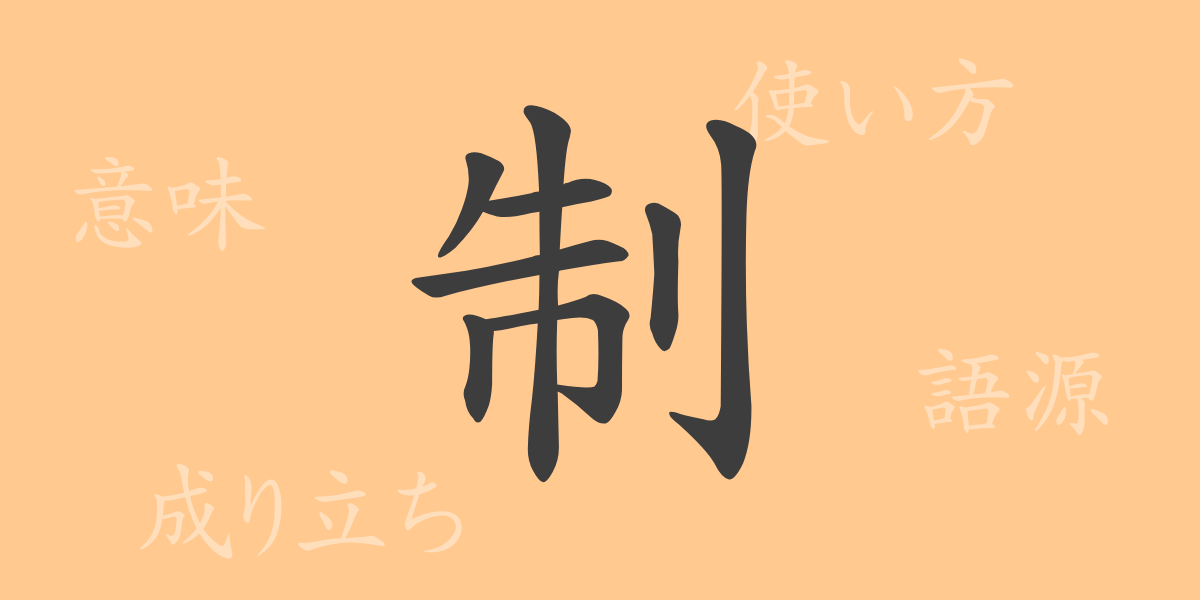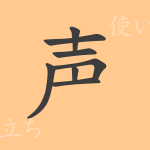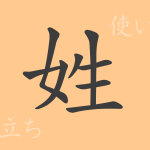The Japanese language is rich with kanji, each bearing its own unique meaning and history. This article focuses on the kanji ‘制’ (せい), exploring its origins, meanings, usage, and its presence in idioms and proverbs. We delve into the power of this character and its significance within the Japanese language.
Origins of 制
The kanji ‘制’ has ancient origins, with its form subject to various interpretations. One theory suggests that ‘制’ derives from a pictograph representing the act of imposing discipline with hands, relating to concepts of governance and norms. It has been used to denote laws and regulations in ancient China, a usage whose influence pervasively remains in modern Japanese.
Meaning and Usage of 制
‘制’ commonly conveys ideas of control, restriction, and establishment, as seen in terms like ‘制御’ (control), ‘制約’ (constraint), and ‘制定’ (enactment). It also implies the notion of curbing or limiting something. This character frequently appears in contexts related to maintaining social order and discipline.
Readings, Stroke Count, and Radical of 制
The kanji ‘制’ is primarily read in on’yomi as ‘セイ’ (Sei), with no common kun’yomi (native Japanese readings).
- Readings: On’yomi – セイ (Sei)
- Stroke Count: A total of 12 strokes.
- Radical: The radical is 刀部 (ritto; blade), underlining its etymological ties to cutting or division, reflective of its meanings related to control and regulation.
Idioms, Phrases, and Proverbs Involving 制
There are many idioms and phrases including ‘制’, each enriching the Japanese language with unique meanings. For example, ‘制服’ (uniform) denotes standardized attire conforming to rules, ‘制約’ (constraint) refers to binding or limitation, and ‘自制心’ (self-control) signifies the ability to restrain one’s emotions or actions. These expressions showcase the versatility and depth of ‘制’ within Japanese.
Conclusion on 制
The kanji ‘制’ symbolizes social order, law, and rules, playing a vital role across various aspects of Japanese language use. Understanding the background and applications of ‘制’ through this article helps us appreciate the richness and expressive depth of Japanese, highlighting how integral this character is in articulating complex societal concepts.

























